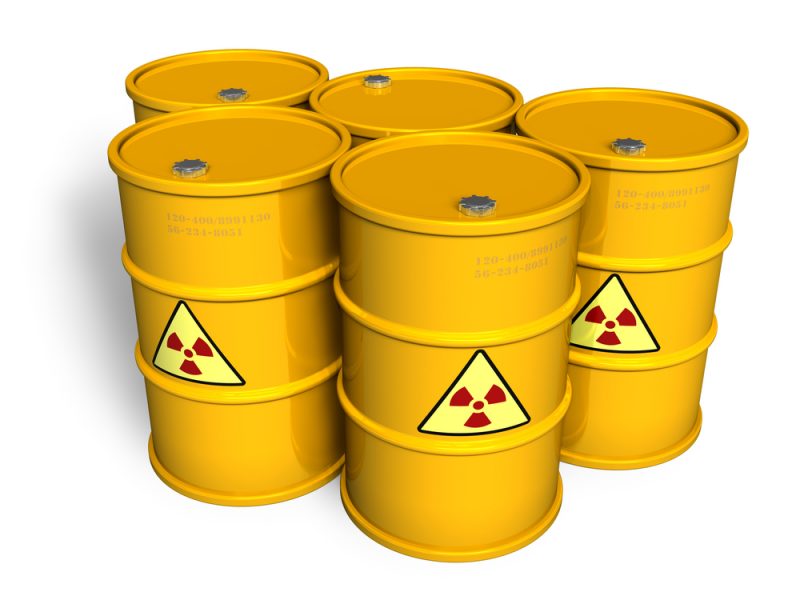Sandia conducts 14,500 mile test to gauge the safety of transporting spent nuclear fuel

To test the safety of transporting spent nuclear fuel to a permanent disposal site, Sandia National Laboratories completed a 14,500-mile trek to gather data on the bumps and jolts spent nuclear fuel experiences during transportation.
The goal of this endeavor was to gather data that could be used to demonstrate the safe transportation of spent nuclear fuel.
Nuclear power produces between 2,200 and 2,600 tons of spent fuel in the United States each year. Safe transportation is important because fuel rods become brittle and highly radioactive while powering the nuclear reactor.
For the test, mock fuel rods were loaded and transported from Spain to Colorado and back again by truck, ship, and train
“All of our preliminary data suggests that the likelihood of a fuel rod breaking during routine handing and transportation is low. This test is more realistic than past tests and could result in a more reliable quantification of the transportation risks,” Sylvia Saltzstein, manager of the transportation projects at Sandia, said.
Sandia collaborated on the test with Equipos Nucleares S.A. (ENSA), the Spanish cask designer and manufacturer, and Empresa Nacional de Residuos Radiactivos S.A. (ENRESA), the company responsible for nuclear waste management in Spain. The Korea Radioactive Waste Agency (KORAD), Korea Atomic Energy Research Institute (KAERI), and Pacific Northwest and Argonne national laboratories also took part.
The mock fuel rods were outfitted with tiny accelerometers and strain gauges before they went into the cask. The accelerometers and strain gauges measured each bump, rattle and jolt the mock fuel experienced during the trip. This data can be used to quantify the safety margins of transporting spent nuclear fuel.
“Preliminary results show very low shock and vibration levels, which we will compare to the mechanical properties of fuel that’s come out of a nuclear power reactor,” Paul McConnell, project manager for the tests, said. “Ultimately, we want to understand if the fuel can withstand the accumulation of shocks and vibrations during the journey that could potentially cause a fuel rod to break.”
The test was funded, in part, by the Department of Energy Office of Nuclear Energy’s Spent Fuel and Waste Science and Technology program.
